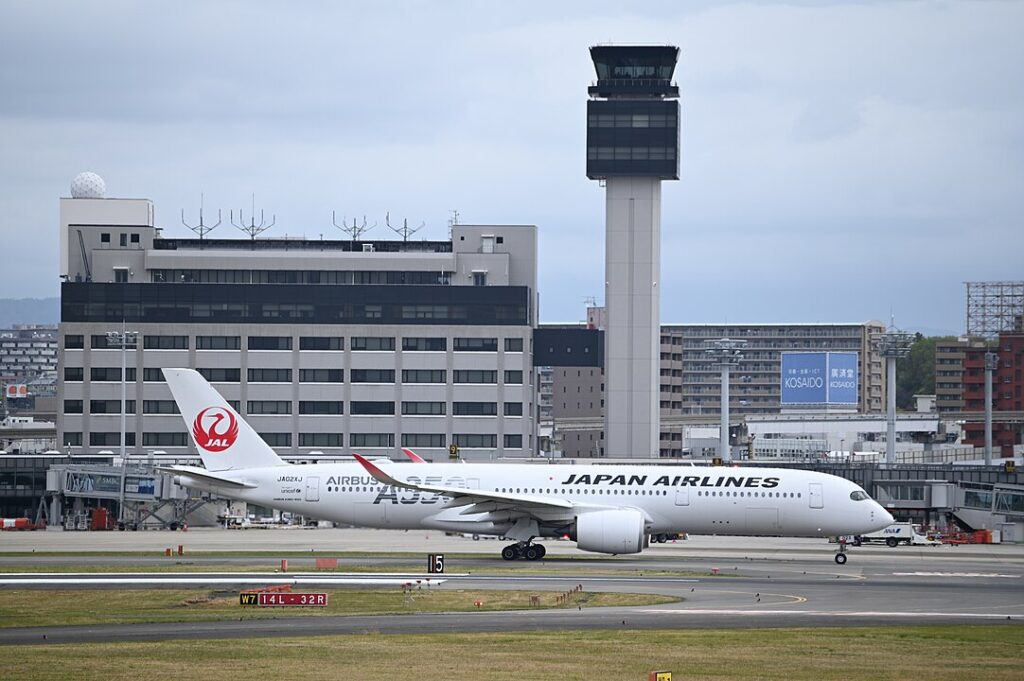In the increasingly competitive aviation sector, domestic airports play a vital role in strengthening regional mobility, ensuring operational reliability, and driving national economic resilience. The Skytrax 2025 rankings have named the Top 10 Best Domestic Airports in the World, recognizing those that balance performance, innovation, and passenger satisfaction at scale.
Topping the list is Tokyo Haneda Airport (HND), praised for its world-class punctuality, advanced terminal design, and seamless processing systems that accommodate millions of domestic passengers each year. With average taxi and security clearance times kept below global benchmarks, Haneda reflects Japan’s meticulous aviation engineering at its best.
Also from Japan, Osaka Itami Airport (ITM) and Kagoshima Airport (KOJ) join the top six, showcasing how even smaller regional facilities can outperform in service quality and ground connectivity. This underscores Japan’s consistent investment in decentralizing airport efficiency beyond its capital.
Chengdu Tianfu International Airport (TFU), China’s flagship for new-generation infrastructure, ranks third, illustrating the impact of green architecture, smart technology integration, and future-ready scalability in aviation development. With its advanced air traffic systems and sustainable terminal design, Tianfu is becoming a benchmark for next-gen airport infrastructure in Asia.
The United States features strongly in this year’s rankings with four entries:
- Norfolk International Airport (ORF) stands out for its customer-centric design and efficient passenger flow.
- Dallas Love Field (DAL) excels through compact operations and high passenger throughput.
- Chicago Midway (MDW), ranked 7th, reflects the value of urban proximity and legacy infrastructure modernization.
- Kansas City International (MCI) earns recognition for its dramatic transformation into a single-terminal model focused on fluidity and eco-efficiency.
Kobe Airport (UKB) and Busan Gimhae International (PUS) complete the list, representing Japan and South Korea’s sustained aviation innovation and commitment to service excellence within domestic networks.
Business and Strategic Implications:
These airports reveal clear trends in domestic aviation excellence:
- Compact Design = Competitive Advantage
Smaller terminals with optimized layouts enable faster movement, lower congestion, and enhanced passenger satisfaction — especially critical for frequent business travelers. - Technology as a Differentiator
From smart check-ins to AI-powered traffic control and digital EIPP systems (like those pioneered in Indonesia), automation continues to reshape the domestic terminal experience. - Cultural Integration = Loyalty Driver
Airports that reflect local identity — through architecture, F&B offerings, and retail — perform better in brand affinity and user experience scores. - Sustainability & ESG Compliance
Green airports like Chengdu Tianfu and MCI demonstrate how ESG-aligned infrastructure not only meets compliance but adds reputational and operational value. - Public-Private Synergies
Many top airports operate through PPP models or state-owned-modernized hybrids, reinforcing the need for collaborative investment in domestic airport development.
For aviation stakeholders, operators, government regulators, and institutional investors, these rankings present more than accolades—they represent strategic blueprints for scalable, service-driven, and sustainable aviation ecosystems.
In a world rediscovering the importance of resilient domestic transport networks, these 10 airports offer insight into the future of air mobility—efficient, human-centric, and increasingly green.






